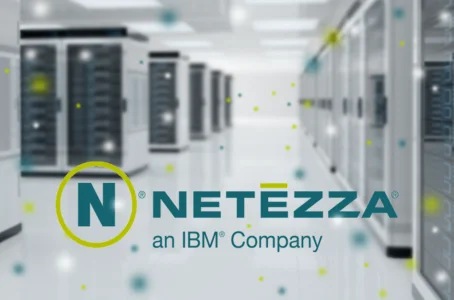Back in 2018, IBM announced end of support dates for many of its Netezza appliances – the Skimmer, Twinfin and 1st generation Striper models – with end dates of June 2019. It also announced end of support dates for 2nd generation Striper models for this year and for Mako models (mostly) in 2023. It has now announced that there is a new Netezza offering as a part of IBM Cloud Pak for Data. So, what is going on and why?
As an aside, and in case you thought the Mako model is named after a shark: it isn’t. All the Netezza models are named after surfboards.
Anyway, back to the story. Firstly, what has IBM announced? In essence its new offering provides an upgrade path for existing Netezza users who have not already migrated away from that platform. There are several points here. Firstly, it’s an upgrade and not a migration. All you have to do is move your data. Secondly, the only enhancements in the new offering will be transparent to existing applications. The most notable of these enhancements, of which there are not very many, is that 64-bit addressing has been implemented, which should significantly improve performance. Thirdly, because it is a part of IBM Cloud Pak for Data you potentially get all the benefits of that platform, not least of which is its data virtualisation capabilities and its support for machine learning. And fourth, you can implement it either on premises or in the cloud (Amazon, IBM or, shortly, Microsoft Azure).
As another aside, IBM has told me that they are seeing an increasing interest in cloud-based deployments since the start of the Covid-19 outbreak. If you think about it that makes a lot of sense.
So, why has IBM done an about-face? According to the company there are two reasons. Firstly, while IBM has common SQL support across its family of databases, meaning that Netezza users could easily move to Db2 in most instances, there were exceptions where a significant amount of work would be involved in the migration. And this opened the door to competitors such as Vertica, Yellowbrick and others that specifically started to target Netezza users. And secondly, IBM underestimated just how much many Netezza users love their Netezza platforms.
As a final aside, what I didn’t ask IBM when I spoke to them was whether the support for FPGAs (field programmable gate arrays) in IBM Cloud Pak for Data was developed with one eye to the possibility that Netezza might make a comeback. My understanding is that FPGA support was introduced because they are faster than using GPUs for parallelising machine learning algorithms but whether Netezza support (which requires FPGAs) was in the back of someone’s mind we will probably never know. In any case, fortuitous.
Finally, what do I make of all this? Well, there is no doubt that IBM’s resurrection of Netezza has caused confusion. But I would argue: better late than never. I can see that a number of its current users may be annoyed but I think they’ll also be relieved. Ex-users may be merely annoyed but what’s done is done. I would say that this is good news for the existing Netezza user base, good news for IBM, and bad news for competitors who were targeting this market.



